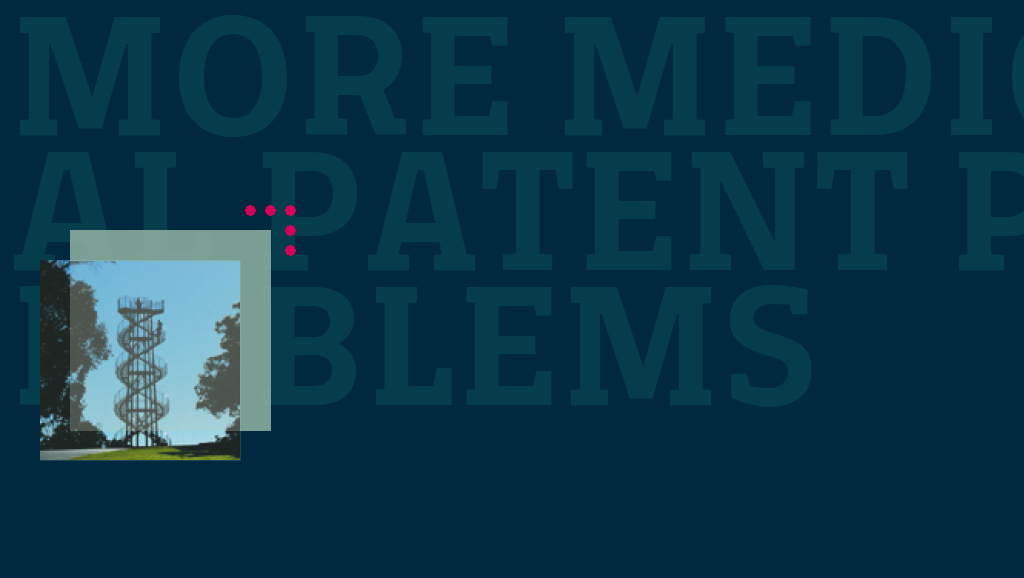Last month the US Supreme Court unanimously ruled that that the personalized medicine dosing process invented by Prometheus is not eligible for patent protection because the process is effectively an unpatentable law of nature. This decision reverses the Court of Appeals for the Federal Circuit’s holding that the claims were patentable because they included substantial physical limitations.
The patent request involved a method for measuring a metabolite in blood, a variable that would then be used to dose for treatment in the hope of improving effectiveness and avoiding toxicity.
The Court ruled however that such a process was nothing more than measuring nature, and therefore could not be patented, citing Newton’s and Einstein’s groundbreaking work and stating that neither ‘the law of gravity’ or ‘E=mc2’ would have been eligible subject matter.
The PatentlyO patent law blog carries an in-depth analysis of the ruling, and stresses the knock-on effects of the decision. In a succinct conclusion author Dennis Crouch states that “a newly discovered law of nature is itself unpatentable and the application of that newly discovered law is also normally unpatentable if the application merely relies upon elements already known in the art”.
The well known and widely followed Myriad case will surely feel the effect of this ruling, as the company maintain that their patents on isolated human DNA can be justified on the grounds that the so-called ‘hand of man’ is necessary in the isolation process. The ruling above implies however that DNA and its information storage capacity is a natural phenomena, and if as the author claims the process of isolation was well known at the time of the patent request then the outcome of the Myriad case seems far from certain, as this article in the Financial Times describes.
Whatever the final outcomes of these cases turn out to be, the implications for the medical patenting community are vast. Those fighting for patenting rights argue that the loss of such rights would have massive effects upon research, and feel that this ruling has made things extremely complicated and difficult to understand. Obviously those fighting against their right to patent are claiming victory, although the war seems far from won by either side.
This issue has been followed over long years of development by several of the Bassetti Foundation’s contributors, and the site hosts several articles dating back over a decade.
The earliest article written mainly in Italian in collaboration with Andrea Tatafiore entitled ‘Patents for life’ was posted in 2001. The article takes a look at the state of the debate in the years preceding its publication, and provides a valuable insight into earlier days of historical problem.
Much more recently the Myriad problem took centre stage in an article entitled ‘The Genes and Patent issue’ posted by our editorial staff in late 2010.
Earlier in the same year Margherita Fronte posted an extremely informative and detailed article in which she looks at the press response to the apparent about turn on the patentability of genes related to the Myriad claim. Although the article itself is in Italian most of the links lead to publications in English.
Earlier this year Jonathan Hankins interviewed Professor Mario Biagioli and his 3 part post addresses the issue of responsibility in patenting and makes many references to the problems outlined above.
————————
(Photo: DNA Tower by ptr_crg from Flickr)
















